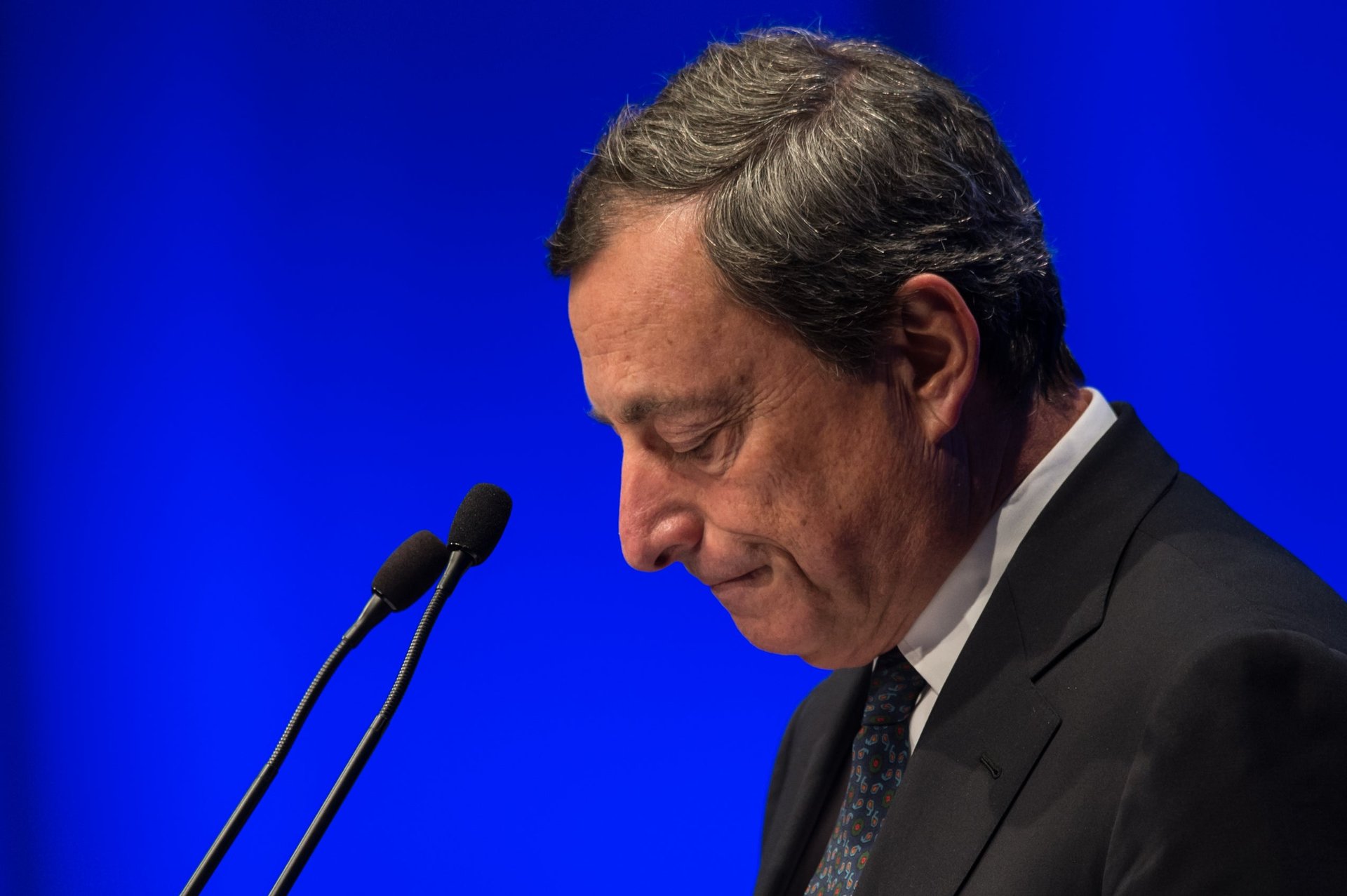ECB’s Draghi to parry with press over bond-buying program
That metallic scraping sound? That’s just reporters sharpening their questions for the European Central Bank press conference.

That metallic scraping sound? That’s just reporters sharpening their questions for the European Central Bank press conference.
Few expect an actual rate cut at the Oct. 4 meeting, so the main event will likely be when ECB President Mario Draghi tangos with the press corps. There’s plenty to ask about, especially the previously announced Outright Monetary Transaction program, the ECB’s effort to intervene in the financial markets to buy government bonds from heavily indebted countries like Spain and Italy.
Draghi laid out some of the details of the plan in his Sep. 6 press conference. For example, the ECB will only support the bond markets of countries that meet certain conditions. And we also know that unlike the Federal Reserve’s quantitative easing program, which creates new money and uses it to buy bonds, the OMT program won’t create new money. That’s what the ECB means when it says the program will be “sterilized.”
But there are still plenty of unknowns. For example what, exactly, will those conditions be? Writing at the Wall Street Journal’s Real Time Economics, Nina Koeppen said:
Mr. Draghi has kept investors guessing what the “strict conditionality” he said will be attached to the OMT program means in practice. He said last month that “it is very much up to the governments themselves, the European Union, the European Commission and the IMF to decide on the precise nature of this conditionality.”
And there will be other big-picture questions at play as well. For example, is the plan to buy government debt is actually legal under EU law Barclays analysts expect Draghi “to offer further comments on how the proposed ‘OMT’ programme would operate, including probably an explanation as to why the ECB considers it legal within the EU Treaty.”
All these turns of the screw, and more, will likely be touched. But if you’re just looking for a big picture read on what you need to know on Europe this week, there’s no better place than Quartz’s never-ending Euro zone crisis tracker.